#US Space and Rocket Center
Explore tagged Tumblr posts
Text



Three sections of the magnificent Saturn V rocket.
Five F-1s on the first stage, five J-2's on the second stage, and a single J-2 on the third stage.
US Space & Rocket Center - Huntsville, AL
121 notes
·
View notes
Text








🌕 The U.S. Space and Rocket Center 🌕
🧑🚀 All gifs by me, please credit if you use! 🧑🚀
15 notes
·
View notes
Text
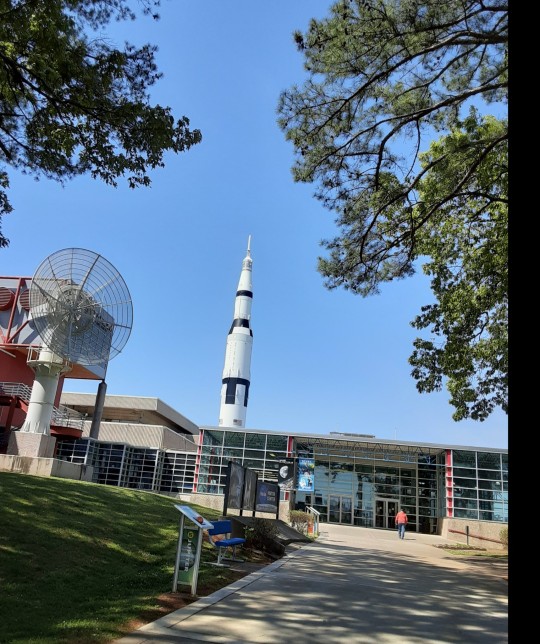
US Space and Rocket Center
Photo: LDeans
4 notes
·
View notes
Text


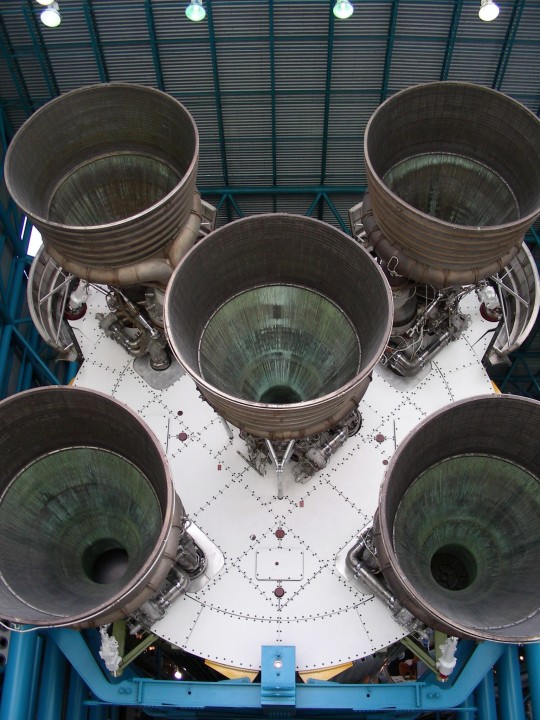
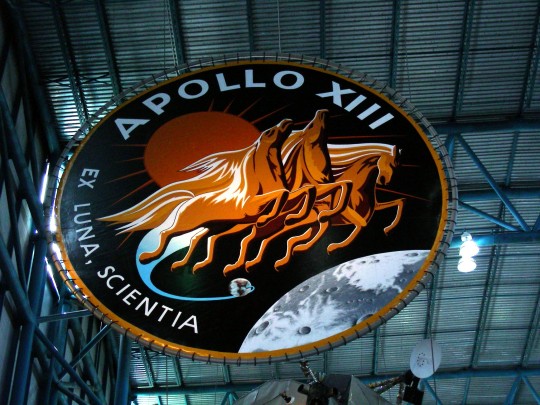
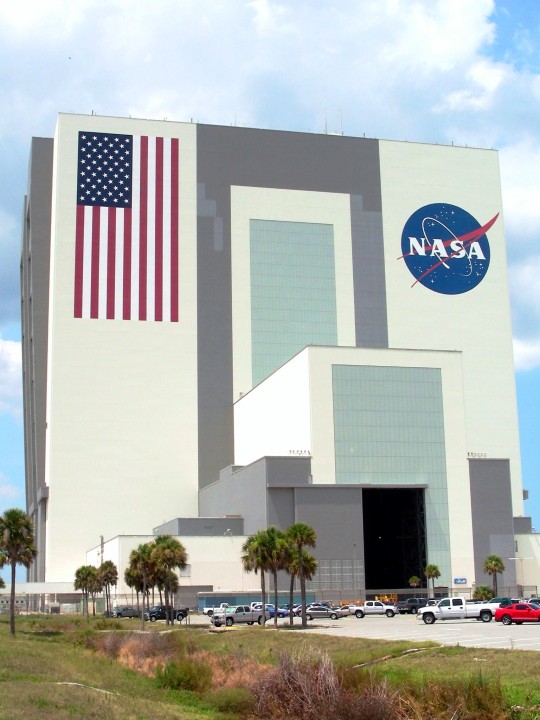
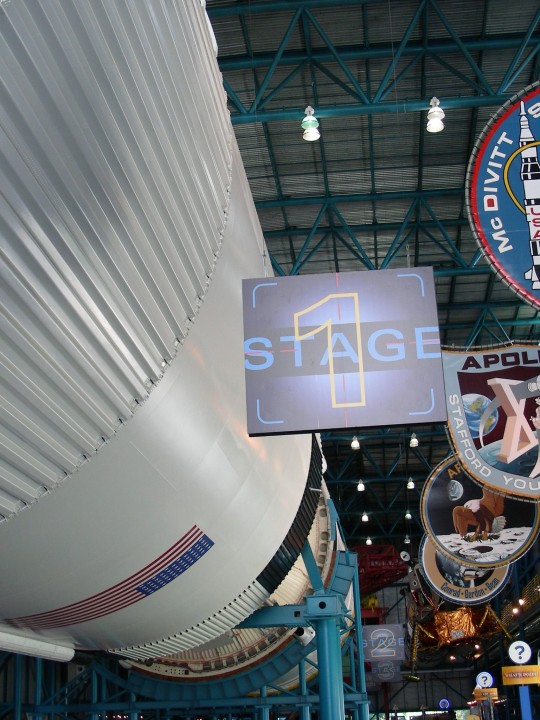
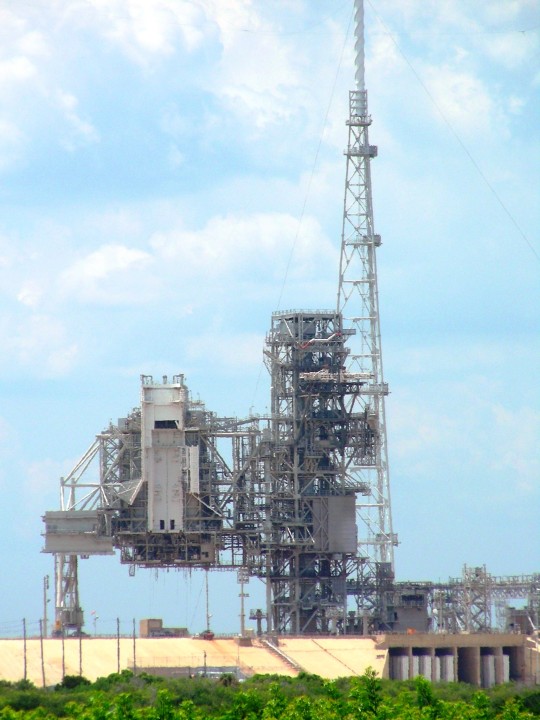




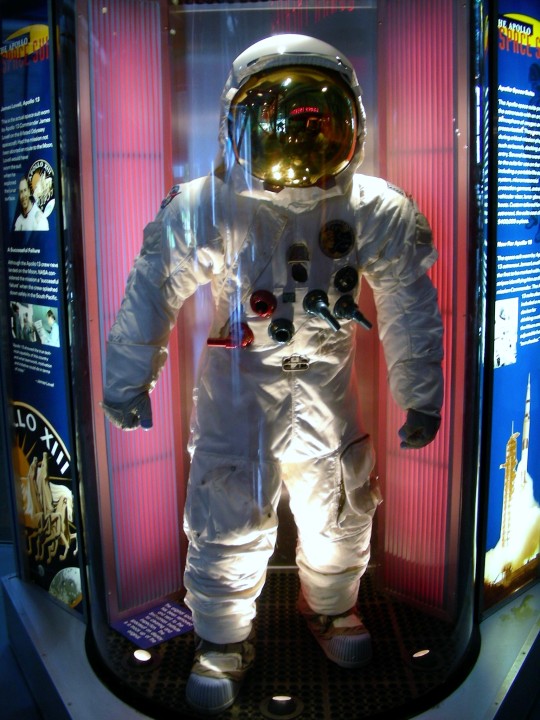

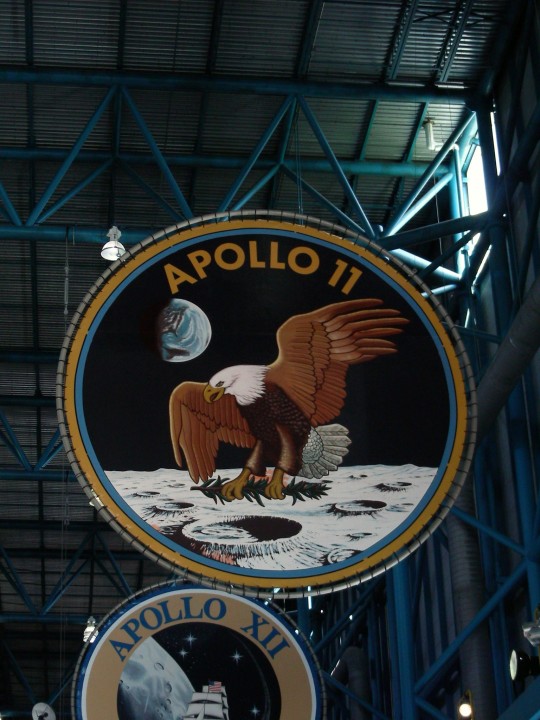
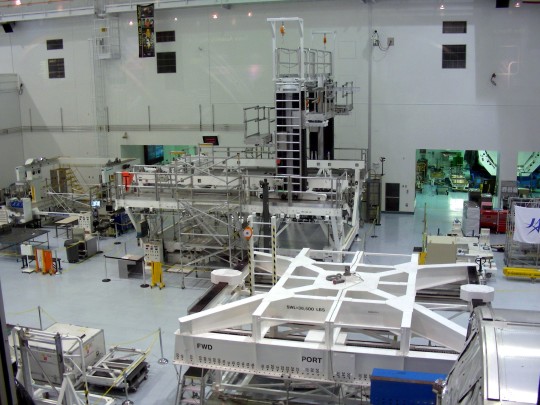

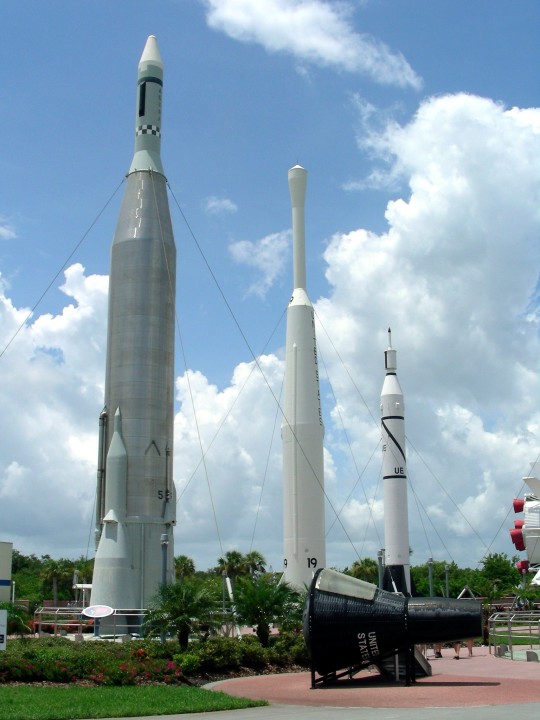


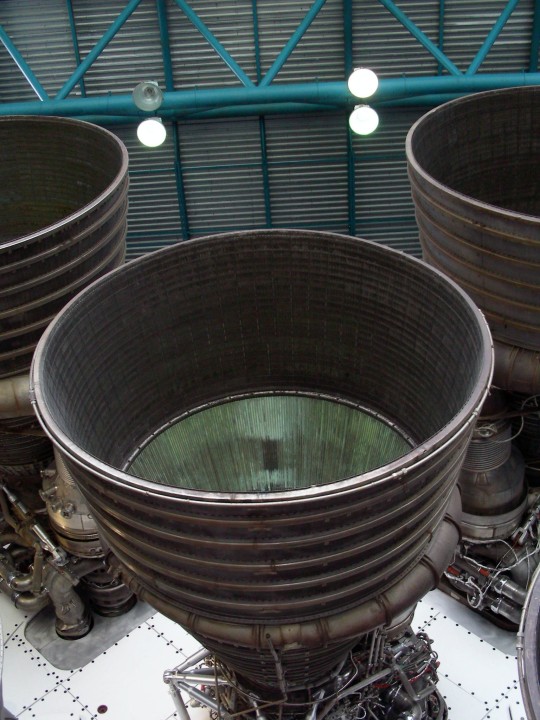
NASA was created to replace NACA on October 1, 1958.
#NASA#created#1 October 1958#anniversary#US history#logo#USA#summer 2009#2010#original photography#Florida#landmark#vacation#travel#tourist attraction#Saturn V moon rocket#interior#exterior#Kennedy Space Center Visitor Complex#Launch Complex 39B (LC-39)#vehicle assembly building#space suit#National Aeronautics and Space Administration#NACA#Apollo 14 Command Module#Launch Complex 39A (LC-39)
234 notes
·
View notes
Text

"Four Air Force Thunderbirds jets streak toward a low pass over the 3rd Century America during an air show" at Kennedy Space Center, Florida.
Date: June 8, 1976
NASA ID: KSC-76P-0211
#Saturn V#SA-515#Rocket#NASA#Apollo Program#Cancelled#Cancelled Mission#Mobile Launcher#Vertical Assembly Building#VAB#Kennedy Space Center#KSC#Florida#Thunderbirds#United States Air Force#U.S. Air Force#US Air Force#USAF#June#1976#my post
21 notes
·
View notes
Text
i went to the u.s. space & rocket center today :-)
i had to wake up at 4am and be at school before 5:40am 😵💫 i definitely took a few naps and i most likely will take another after posting
here's a few pics and a video

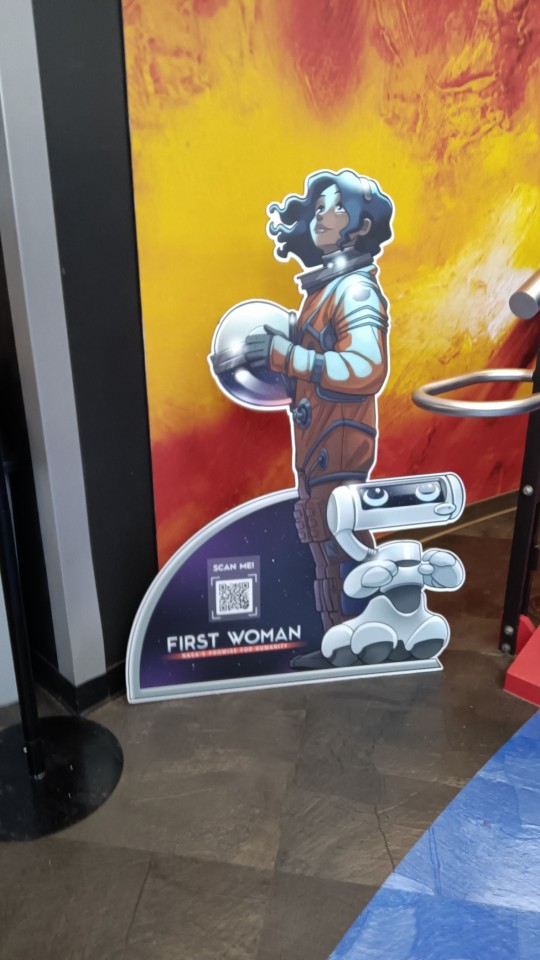

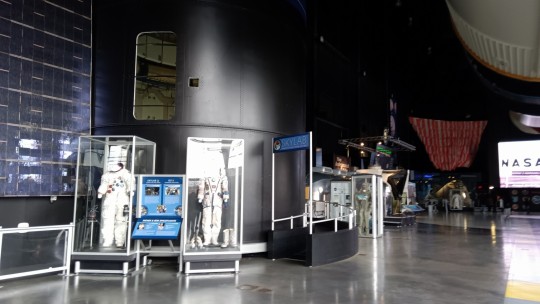
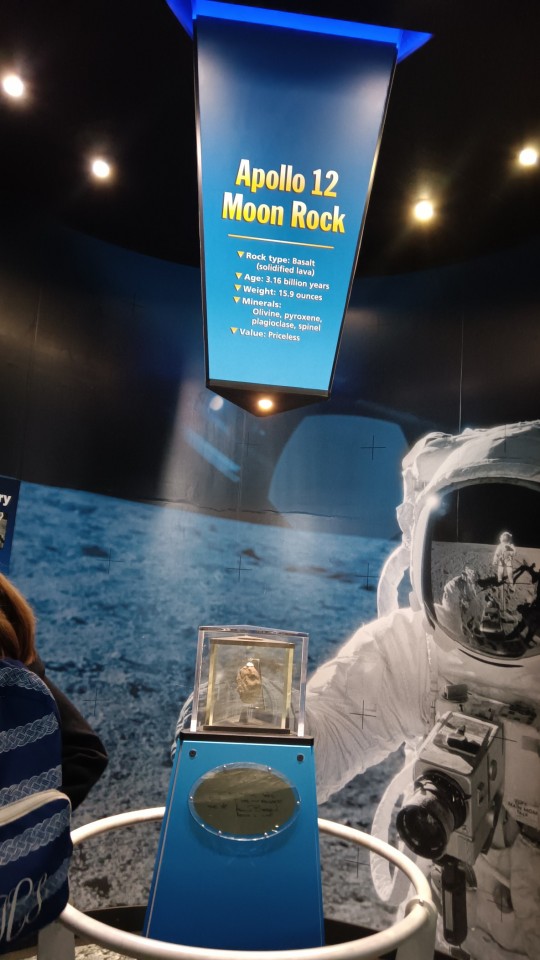

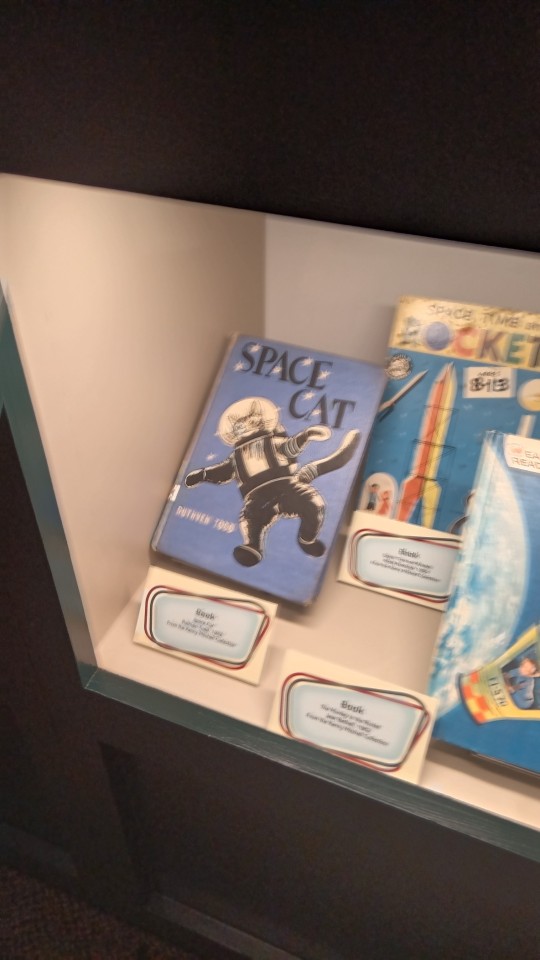
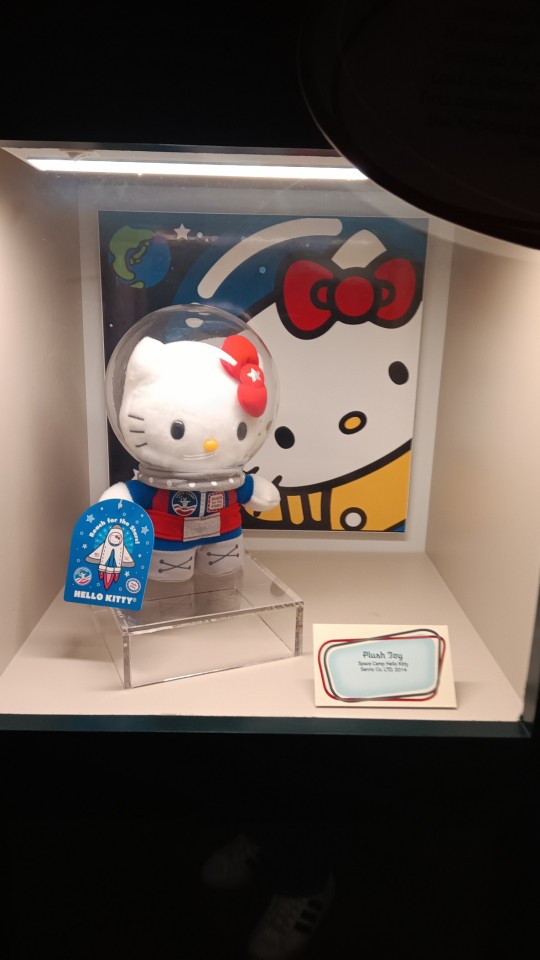
yes i brought my butters plush
3 notes
·
View notes
Text

US Rocket and Space Center, Huntsville, Alabama
by Laurence Norah
3 notes
·
View notes
Text
25 Years of Exploring the Universe with NASA's Chandra Xray Observatory

Illustration of the Chandra telescope in orbit around Earth. Credit: NASA/CXC & J. Vaughan
On July 23, 1999, the space shuttle Columbia launched into orbit carrying NASA’s Chandra X-ray Observatory. August 26 marked 25 years since Chandra released its first images.
These were the first of more than 25,000 observations Chandra has taken. This year, as NASA celebrates the 25th anniversary of this telescope and the incredible data it has provided, we’re taking a peek at some of its most memorable moments.
About the Spacecraft
The Chandra telescope system uses four specialized mirrors to observe X-ray emissions across the universe. X-rays that strike a “regular” mirror head on will be absorbed, so Chandra’s mirrors are shaped like barrels and precisely constructed. The rest of the spacecraft system provides the support structure and environment necessary for the telescope and the science instruments to work as an observatory. To provide motion to the observatory, Chandra has two different sets of thrusters. To control the temperatures of critical components, Chandra's thermal control system consists of a cooling radiator, insulators, heaters, and thermostats. Chandra's electrical power comes from its solar arrays.
Learn more about the spacecraft's components that were developed and tested at NASA’s Marshall Space Flight Center in Huntsville, Alabama. Fun fact: If the state of Colorado were as smooth as the surface of the Chandra X-ray Observatory mirrors, Pike's Peak would be less than an inch tall.

Engineers in the X-ray Calibration Facility at NASA’s Marshall Space Flight Center in Huntsville, Alabama, integrating the Chandra X-ray Observatory’s High-Resolution Camera with the mirror assembly, in this photo taken March 16, 1997. Credit: NASA
Launch
When space shuttle Columbia launched on July 23, 1999, Chandra was the heaviest and largest payload ever launched by the shuttle. Under the command of Col. Eileen Collins, Columbia lifted off the launch pad at NASA’s Kennedy Space Center in Florida. Chandra was deployed on the mission’s first day.

Reflected in the waters, space shuttle Columbia rockets into the night sky from Launch Pad 39-B on mission STS-93 from Kennedy Space Center. Credit: NASA
First Light Images
Just 34 days after launch, extraordinary first images from our Chandra X-ray Observatory were released. The image of supernova remnant Cassiopeia A traces the aftermath of a gigantic stellar explosion in such captivating detail that scientists can see evidence of what is likely the neutron star.
“We see the collision of the debris from the exploded star with the matter around it, we see shock waves rushing into interstellar space at millions of miles per hour,” said Harvey Tananbaum, founding Director of the Chandra X-ray Center at the Smithsonian Astrophysical Observatory.
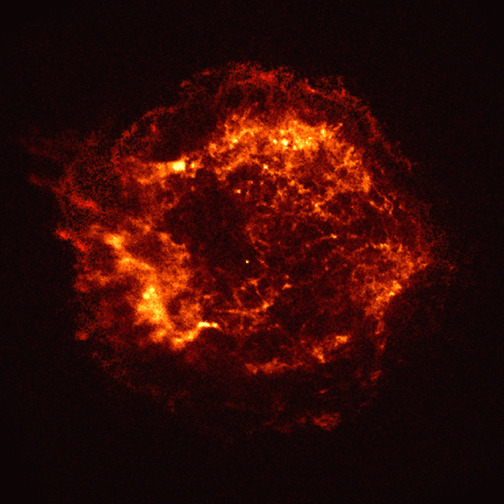
Cassiopeia A is the remnant of a star that exploded about 300 years ago. The X-ray image shows an expanding shell of hot gas produced by the explosion colored in bright orange and yellows. Credit: NASA/CXC/SAO
A New Look at the Universe
NASA released 25 never-before-seen views to celebrate the telescopes 25th anniversary. This collection contains different types of objects in space and includes a new look at Cassiopeia A. Here the supernova remnant is seen with a quarter-century worth of Chandra observations (blue) plus recent views from NASA’s James Webb Space Telescope (grey and gold).
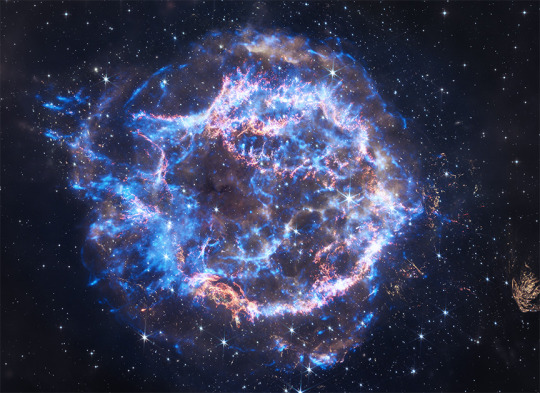
This image features deep data of the Cassiopeia A supernova, an expanding ball of matter and energy ejected from an exploding star in blues, greys and golds. The Cassiopeia A supernova remnant has been observed for over 2 million seconds since the start of Chandra’s mission in 1999 and has also recently been viewed by the James Webb Space Telescope. Credit: NASA/CXC/SAO
Can You Hear Me Now?
In 2020, experts at the Chandra X-ray Center/Smithsonian Astrophysical Observatory (SAO) and SYSTEM Sounds began the first ongoing, sustained effort at NASA to “sonify” (turn into sound) astronomical data. Data from NASA observatories such as Chandra, the Hubble Space Telescope, and the James Webb Space Telescope, has been translated into frequencies that can be heard by the human ear.
SAO Research shows that sonifications help many types of learners – especially those who are low-vision or blind -- engage with and enjoy astronomical data more.
Click to watch the “Listen to the Universe” documentary on NASA+ that explores our sonification work: Listen to the Universe | NASA+

An image of the striking croissant-shaped planetary nebula called the Cat’s Eye, with data from the Chandra X-ray Observatory and Hubble Space Telescope. NASA’s Data sonification from Chandra, Hubble and/or Webb telecopes allows us to hear data of cosmic objects. Credit: NASA/CXO/SAO
Celebrate With Us!
Dedicated teams of engineers, designers, test technicians, and analysts at Marshall Space Flight Center in Huntsville, Alabama, are celebrating with partners at the Chandra X-ray Center and elsewhere outside and across the agency for the 25th anniversary of the Chandra X-ray Observatory. Their hard work keeps the spacecraft flying, enabling Chandra’s ongoing studies of black holes, supernovae, dark matter, and more.
Chandra will continue its mission to deepen our understanding of the origin and evolution of the cosmos, helping all of us explore the Universe.
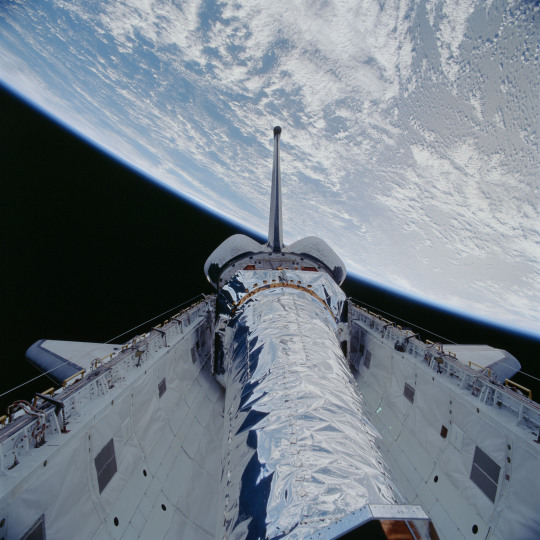
The Chandra Xray Observatory, the longest cargo ever carried to space aboard the space shuttle, is shown in Columbia’s payload bay. This photo of the payload bay with its doors open was taken just before Chandra was tilted upward for release and deployed on July 23, 1999. Credit: NASA
Make sure to follow us on Tumblr for your regular dose of space: http://nasa.tumblr.com
2K notes
·
View notes
Text
A while ago, I posted a petition, to stop the closing of a much loved museum, Syndeys Powerhouse museum, a place that's been under threat for years.
I need your help with this once again, (especially if you are an Aussie)

After years of threatening to close down and demolish our only science, tech and applied arts museum, and one attempt to turn it into an events center, they've come back with another plan, which basically amounts to "we're going to clear out the museum and demolish most of the structures inside. We definitely have a plan to put some cool stuff back, but we can't tell you it, but it's definitely gonna be great. Don't mind that a bunch of purpose built structures to display delicate objects are set to be demolished."
(That's an F1 Apollo rocket engine, very rare outside the USA. Almost 60 years old, now delicate, but it's going.)

"We've garunteed 3 of the most iconic items (not their accompanying collections) will come back. Pay no mind that we haven't allowed for where they're gonna go, or that the one object we can't move (rare, 250 year old working Boulton and Watts steam engine) is set to end up inside a corridor)
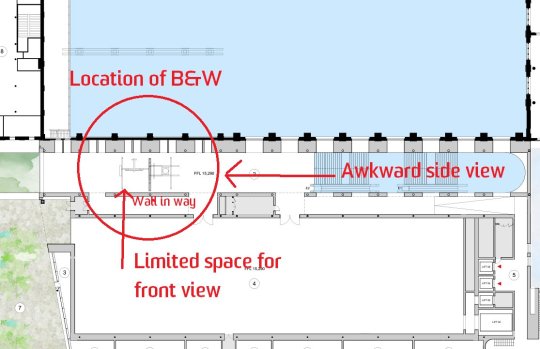
(There used to be room, elevated planforms even)
"Oh, also, you know that museum storage hall, so close by and practical, with a loading dock and workshops, that's also sitting on prime real estate? We're building a second loading dock and workshops in the main museum! Right where the all classrooms where!"
It's supposedly a heritage restoration, but in truth, it's based of a skewed heritage report which has been heavily criticised as I'll informed, and rigged to allow the place's removal.
Almost every detail goes against the spirit of the original musuem. The orginal museum was a fun, post modern place with a sciencey vibe,
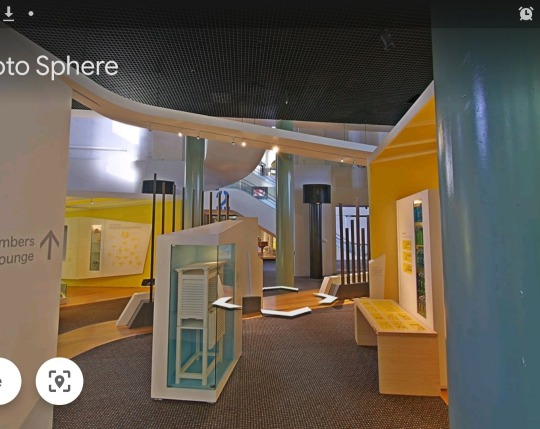
Which transitioned fluidly into historic halls, with historic products and technology to match
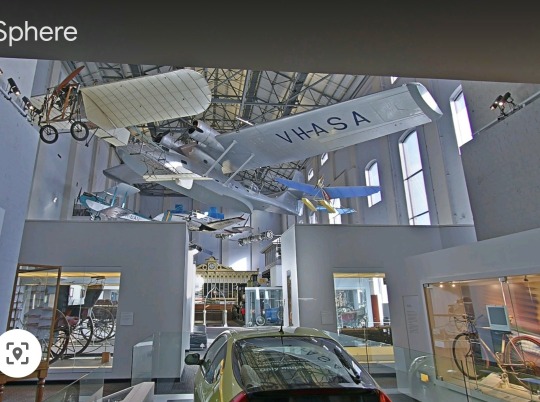
The Musuem has an upper entrance designed to be welcoming, full of natural light, and evoke the feel of an old grand train station. This is to be bricked up.

Rather than restore the older galleries, theyre taking several of them out reducing display space from about 15,000m²ish to about 6000m² ish.
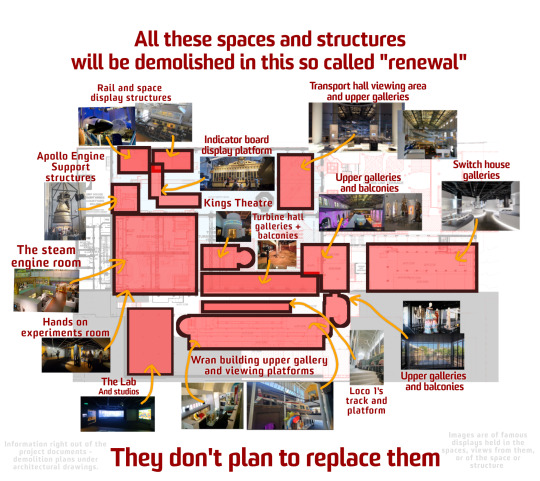
The historic halls included restored generator room filler with steam engines. This really put the museum on the map.
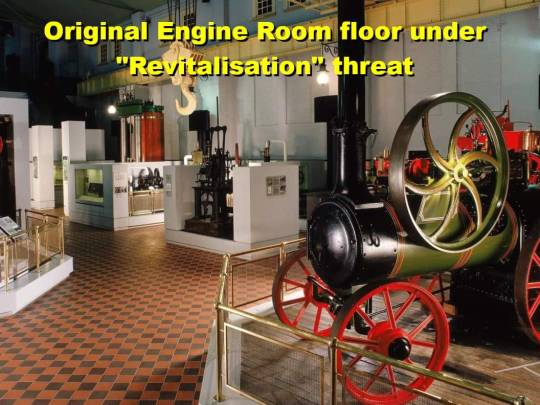
But that's going.
All that is going, in favour of


This kind of thing.
The plan to do this is on display untill end of may May 30th, Aussie time. It would help a lot if you (might be only Australians) log on and make a short comment opposing the project:
A lot more commentary on the project can be found at:
@protecpowerhous on Twitter
Or if you cant make a submission, and still haven't, please sign that petition:
The people reporting to government planning will be see it, and attention helps.
#again i will not be mass reposting this here. once or twice. i make this a rule because#there are so many important worthy causes in the world (this one is mine) of different scales#if i post other stuff on here this blog looses its purpose#and it is - and will remain - a special themed gimmic blog posting only the most rational and sensible things you could do as a Tumblr use#this is a no nonsense space with a perfect understanding of humans and what they like to do#oh also some propper tags#museums#Australia#syndey#powerhouse museum
742 notes
·
View notes
Note
Not every war is genocide but bombing civilians to reach a relative handful of terrorists and making their homes unsafe and unlivable to the point you push them into a space to small to hold them all while denying resources to them is. Taking away vital spaces like hospitals, especially attacking people and making them more in need of them, is. Wars should be fought between armies. Any war that targets civilians because maybe there's a terrorist in their midst is unacceptable. You don't use bombs and missiles to fight terrorists.
Hi Nonnie. I really appreciate the fact that you've asked this in a respectful day and sorry it's taken a while to reply.
I'm not going to address the points immidiately because I want to ask a couple of questions to find out your view on a couple of things first so I can tailor my answer as best as possible.
This is from the ICRC "In international armed conflicts, combatants have an obligation to distinguish themselves from the civilian population and this can be achieved by wearing a uniform." Hamas don't wear uniforms, and are known to embed themselves in civilian infrastructure and surround themselves with innocent civilians. Should they not be condemned for putting innocents at risk rather than choosing to fight properly, and minimise civilian casualties?
Additionally, do you not believe Hamas has an army? Multiple thousands of fighters have been killed (it's difficult to get an actual number but using things that have come from Hamas, they admitted at one point over 6000 fighters), and they act as an army within Gaza.
Hamas released a video recently firon rockets from a humanitarian tent in a "safe zone". They literally admitted they use civilian areas as launch points for attacks. Do you genuinely believe any country would sit there and let someone repeatedly fire at them without any sort of retaliation?
There are also videos of Hamas stealing aid from people. The Israeli government cannot do anything about that. Additionally, Egypt could have let in refugees but instead refused to because they were afraid Hamas members would escape Gaza with the civilians.
I hate what's happening, I make a point to watch the news and keep up to date because I will not look away, however there must be a general acceptance the Hamas are deliberately putting civilians in harms way. They knew Black Saturday would lead to horrific deaths in Gaza from the Israeli response. They have openly said innocents dying is a good thing as it helps their (Hamas') cause. They are actively trying to make sure more civilians die by centering themselves in hospitals and schools and making demands for a ceasefire they KNOW are intolerable.
The extremists in the Israeli government are terrible, but their actions simply do not live up to their words when they say horrific things about Palestinians otherwise the death toll would simply be higher. I don't like to say it but it's true.
I want this over. I want the hostages home. I want Gaza flooded with aid and health workers. I want it rebuild and the establishment of Palestine, beside Israel, where both peoples can live in dignity, safety, and secure boarders. It is however very clear that Hamas don't want this.
282 notes
·
View notes
Text
"On a blustery day in early March, the who’s who of methane research gathered at Vandenberg Space Force Base in Santa Barbara, California. Dozens of people crammed into a NASA mission control center. Others watched from cars pulled alongside roads just outside the sprawling facility. Many more followed a livestream. They came from across the country to witness the launch of an oven-sized satellite capable of detecting the potent planet-warming gas from space.
The amount of methane, the primary component in natural gas, in the atmosphere has been rising steadily over the last few decades, reaching nearly three times as much as preindustrial times. About a third of methane emissions in the United States occur during the extraction of fossil fuels as the gas seeps from wellheads, pipelines, and other equipment. The rest come from agricultural operations, landfills, coal mining, and other sources. Some of these leaks are large enough to be seen from orbit. Others are miniscule, yet contribute to a growing problem.
Identifying and repairing them is a relatively straightforward climate solution. Methane has a warming potential about 80 times higher than carbon dioxide over a 20-year period, so reducing its levels in the atmosphere can help curb global temperature rise. And unlike other industries where the technology to decarbonize is still relatively new, oil and gas companies have long had the tools and know-how to fix these leaks.
MethaneSAT, the gas-detecting device launched in March, is the latest in a growing armada of satellites designed to detect methane. Led by the nonprofit Environmental Defense Fund, or EDF, and more than six years in the making, the satellite has the ability to circle the globe 15 times a day and monitor regions where 80 percent of the world’s oil and gas is produced. Along with other satellites in orbit, it is expected to dramatically change how regulators and watchdogs police the oil and gas industry...
A couple hours after the rocket blasted off, Wofsy, Hamburg, and his colleagues watched on a television at a hotel about two miles away as their creation was ejected into orbit. It was a jubilant moment for members of the team, many of whom had traveled to Vandenberg with their partners, parents, and children. “Everybody spontaneously broke into a cheer,” Wofsy said. “You [would’ve] thought that your team scored a touchdown during overtime.”
The data the satellite generates in the coming months will be publicly accessible — available for environmental advocates, oil and gas companies, and regulators alike. Each has an interest in the information MethaneSAT will beam home. Climate advocates hope to use it to push for more stringent regulations governing methane emissions and to hold negligent operators accountable. Fossil fuel companies, many of which do their own monitoring, could use the information to pinpoint and repair leaks, avoiding penalties and recouping a resource they can sell. Regulators could use the data to identify hotspots, develop targeted policies, and catch polluters. For the first time, the Environmental Protection Agency is taking steps to be able to use third-party data to enforce its air quality regulations, developing guidelines for using the intelligence satellites like MethaneSAT will provide. The satellite is so important to the agency’s efforts that EPA Administrator Michael Regan was in Santa Barbara for the launch as was a congressional lawmaker. Activists hailed the satellite as a much-needed tool to address climate change.
“This is going to radically change the amount of empirically observed data that we have and vastly increase our understanding of the amount of methane emissions that are currently happening and what needs to be done to reduce them,” said Dakota Raynes, a research and policy manager at the environmental nonprofit Earthworks. “I’m hopeful that gaining that understanding is going to help continue to shift the narrative towards [the] phase down of fossil fuels.”
With the satellite safely orbiting 370 miles above the Earth’s surface, the mission enters a critical second phase. In the coming months, EDF researchers will calibrate equipment and ensure the satellite works as planned. By next year [2025], it is expected to transmit reams of information from around the world."
-via Grist, April 7, 2024
#satellite#epa#environmental protection agency#environmental activism#methane#emissions#climate change#climate news#climate action#natural gas#fossil fuels#global warming#good news#hope
143 notes
·
View notes
Text
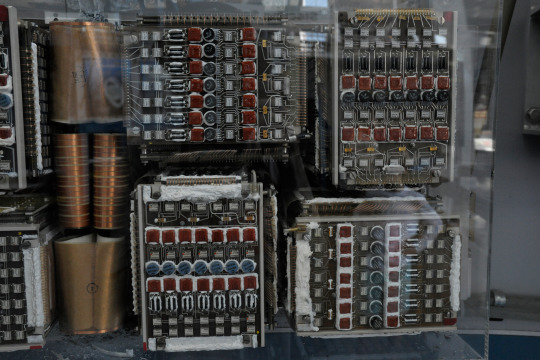

Memory modules of the Saturn V instrument unit's guidance computer - US Space & Rocket Center - Huntsville, AL
154 notes
·
View notes
Text
i'm generally a pretty even-tempered gal and i've been trying to ride out this stupid "ai" craze without getting my feathers too ruffled
but
it's just legitimately enraging see STUPID BAD WRONG DUMBSHIT pop up FRONT AND CENTER of my search results so goddamn often. was dealing with some medical shit this week and i swear to god fully 90% of the time when i was googling shit there was [stupid fuckshit that SOUNDS awfully plausible but clearly is not], listed DIRECTLY BEFORE an article from, like, the Cleveland Clinic that directly contradicted it. legitimately makes the finding-and-seeking of information a headache in a way that used to be seamless. who the fuck decided every notion of provenance is just something to be ignored. who the fuck decided you can't turn this shit off. when will the VC jackasses and fucking CEO sheep find some new bullshit to jack off over. dump your money into space bullshit or something, i don't give a shit if you're shooting rockets toward dead space rocks, just leave fucking consumer tech alone jfc
63 notes
·
View notes
Note
Send him to the Space and Rocket Center!
US Space And Rocket Center, Alabama
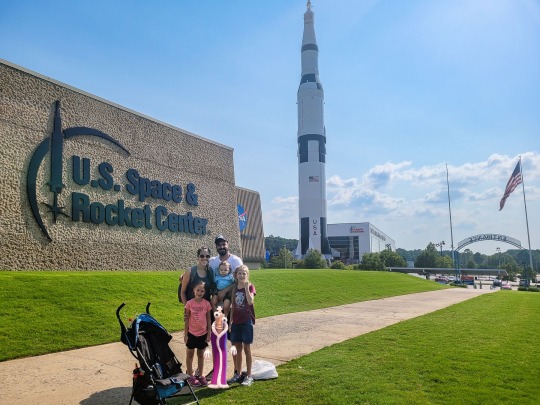
350 notes
·
View notes
Text
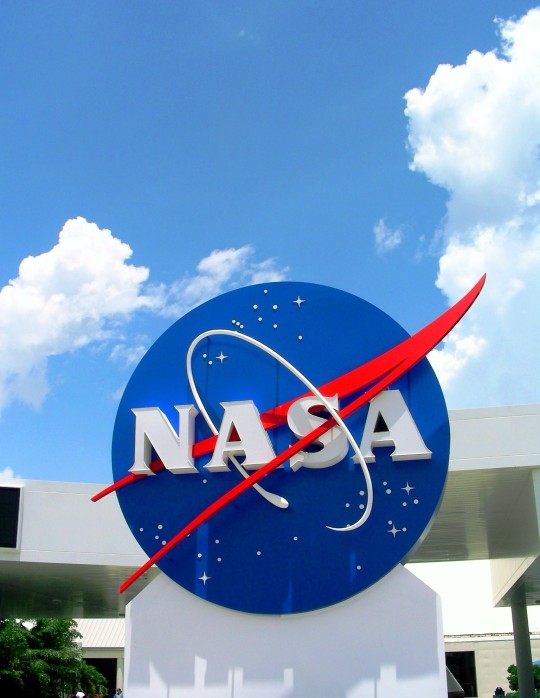
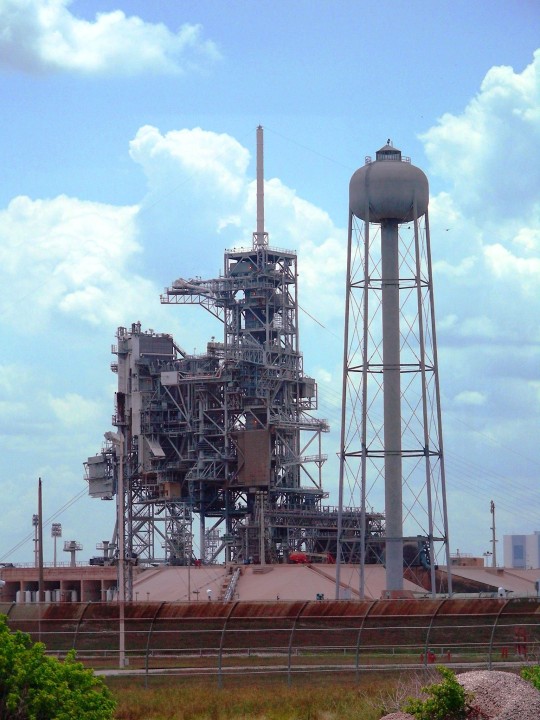

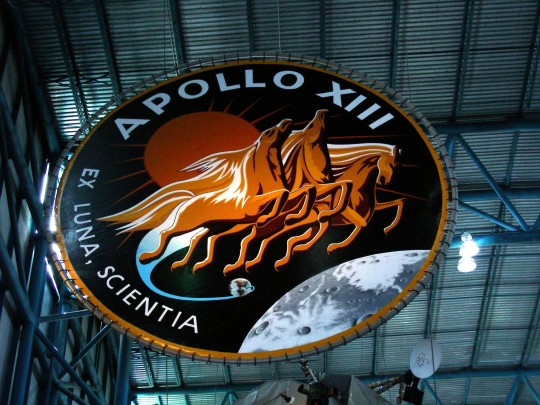
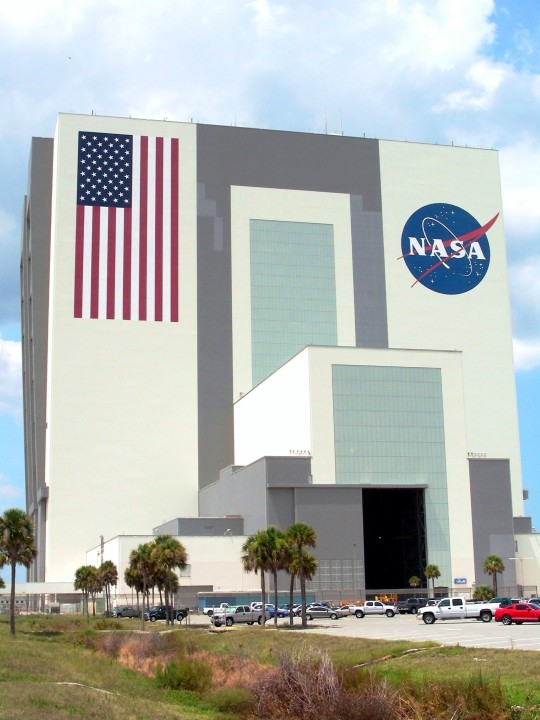

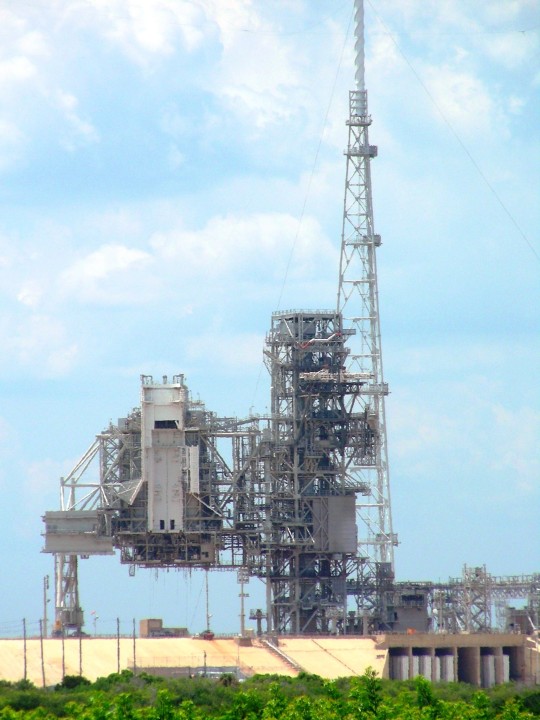

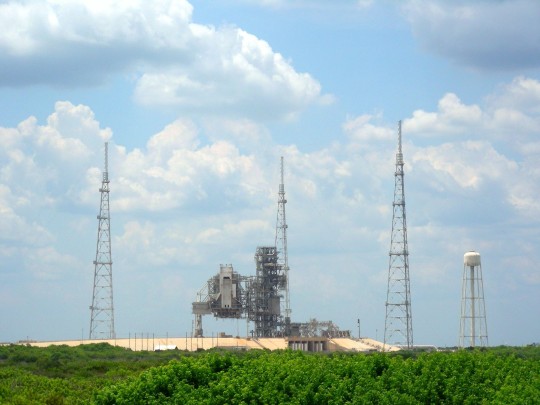

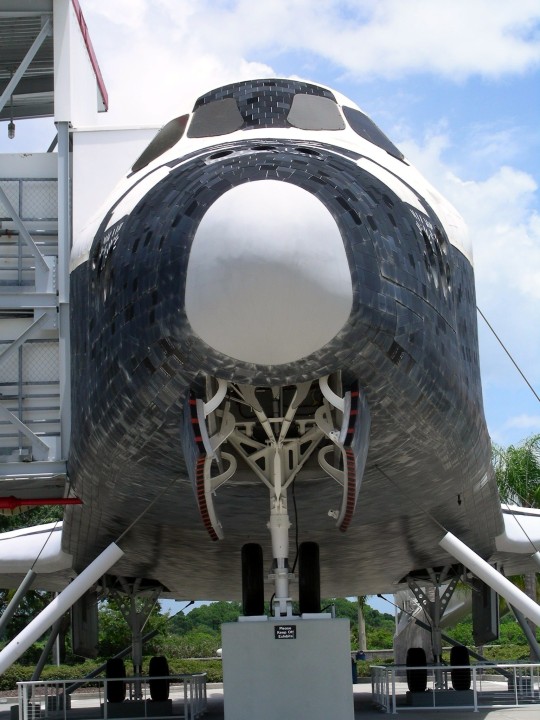
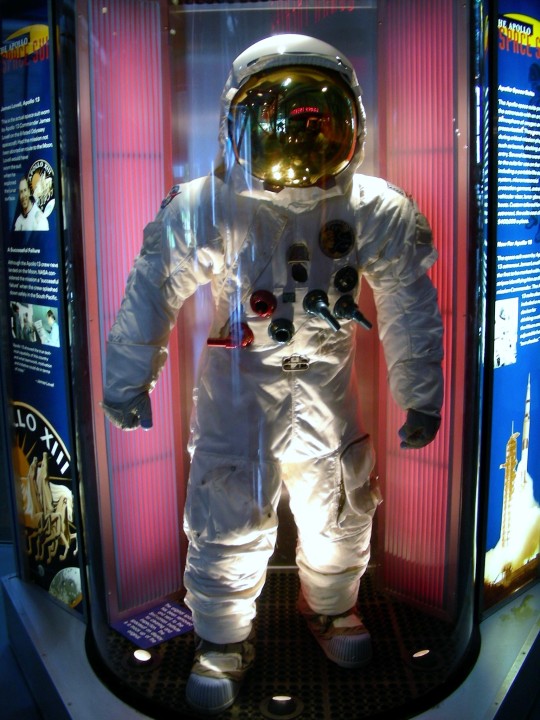


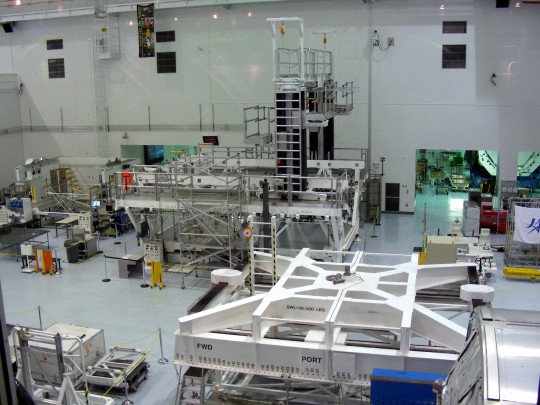

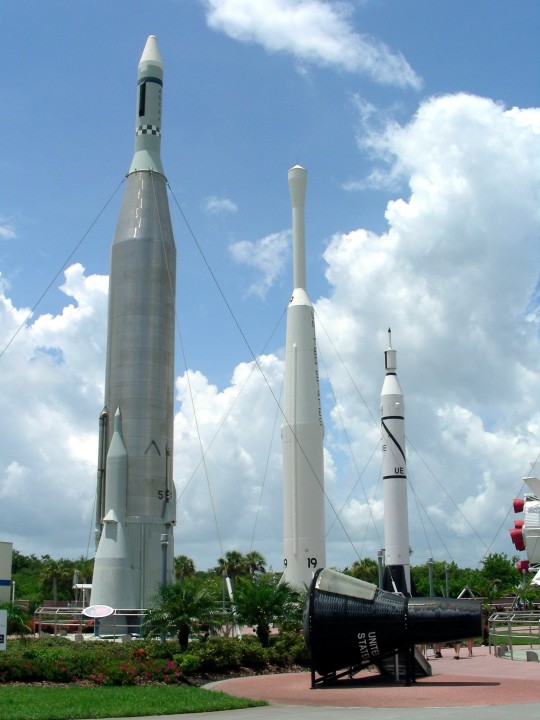

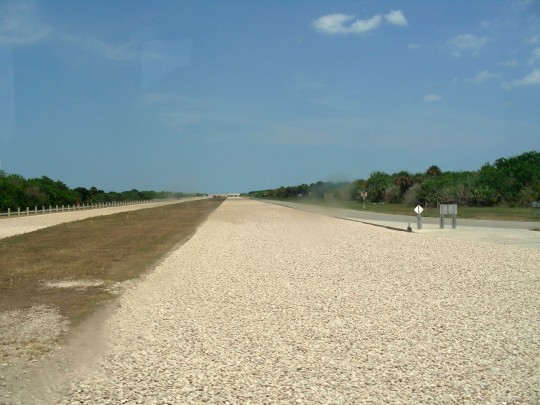

NASA was created to replace NACA on October 1, 1958.
#NASA#created#1 October 1958#anniversary#US history#logo#USA#summer 2009#2010#original photography#Florida#landmark#vacation#travel#tourist attraction#Saturn V moon rocket#interior#exterior#Kennedy Space Center Visitor Complex#Launch Complex 39B (LC-39)#vehicle assembly building#space suit#National Aeronautics and Space Administration#NACA#Apollo 14 Command Module#Launch Complex 39A (LC-39)
6 notes
·
View notes
Text
Normalize the tf2 mercs as being absolute genetic freaks of nature under the hood. Medic is crazy and we know he gets paid good so he’s probably got lots of bits in his bin if you know what I mean.
Pyro is straight up nonhuman. Pyro is a fire elemental that the Mann brothers have bound to a hazmat suit and medic made a real boy by giving them meat. Not making her a human body mind you, but rather every time he gets damaged, instead of bursting into flames meat forms around the wound and it bleeds instead of letting the inner crea tur out.how? Wizard. Moving on.
Soldier has massive lungs that make him 20% more louder. If he was smarter he could probably echolocate his way around. That or sound attacks idk he eats wizard pills he could have hollow bones for all I know. Sure he has hallow bones now for rocket jumping. Im the one typing I get to make nonsense on the fly.
Medic put pigeon dna in scout and that’s how he makes his trademark milk-like substance. How this happens you may ask? Scout saw medics doves have sex while getting his second Uber heart surgery and said “man I wish I could pick up chicks that well” and medic said “good idea I will help you with this” and then looked at the camera and smirked. The administrator does not spectate medics lab/operation room/dove breeding center anymore. Also scouts immune to radiation due to all the bonk he ingests, though sometimes he does become radioactive sometimes. 
We already know that demoman’s body creates alcohol and that he has a ghost eye, but did you know that if you shoot him with some sort of piercing explosive round he will combust into flames. I… I couldn’t really think of anything for demoman I don’t play him as much.
Engineer always wishes he could have kids, but doesn’t want to have sex. That and he removed most of his reproductive/unnecessary/extra/mid organs with machine parts like 30 years ago. So after the events of the games and comics where everyone is happy and junk, he teams up with medic to make himself some half robot half human half whatever dell conagher is at that point at time children. He asks if medic ever want kids he can do the same for him but he declines as at this point in time he has perfected the art of male impregnation.(on various ape parts) dell is a great father and yes I added this part because the whole humanized sentry thing that went around a while ago touched my heart because despite the words of almost every engineer main everywhere I get so attached to the sentries I build that I die a little bit inside every time I die and my buildings get sapped and I have to just watch as my babies get destroyed. I get too attached to my buildings to play engineer
Heavy doesn’t stop growing, similar to that of a reptile. His skin is as thick as a rhinos. He hibernates for a month in summer because I said so. He has accidentally killed/crushed medic before and is now eternally cautious when in bed with him. Medic doesn’t mind, he knows what he’s gotten himself into. Heavy can also talk to birds like a Disney princess. Medic didn’t add any bird parts for this to happen he just was always like this.
Sniper can dislocate every bone in his body and go through cracks that are at least the size of his head. He will use this to show up in the most unexpected places imaginable. Is legally classified as an tardigrade in some places due to his ability to be fine in almost any place (volcano,Arctic,sewer system, a walk in closet so large it took him 5 weeks to get out, space that one time). Can go up to a year without eating (the team found this out at the same time they figured out the space thing). Swallows things whole.
Spy can shift his flesh around to disguise as almost anything, keeps the mass and weight though. Breaths mostly through his skin so he doesn’t cough due to his decrepit lungs. Was hit by a car once. Doesn’t have anything to do with the subject matter of the tf2 mercs being freakish beings with human skin but I just wanted to include it here.
Medic. What isn’t medic? The only thing consistent with his biology is that he can regenerate somehow. He alters his body so much that it is roughly equivalent to 1 tyranid hive fleet and 2,million ork painboys.(the tf2 mercs would be more likely to work for the orks than to ever work for one of the human factions in 40k and I just needed to get that off my chest) This is how he manages to get away with all the things he’s done. Banned from this continent? Just become a new person who’s not banned from that continent and presto you’re good! The laws don’t account for the ship of Theseus!
#midnight brainrot#man I love posting nonsense late at night#tf2#team fortress 2#tf2 heavy#sniper tf2#scout tf2#spy tf2#tf2 engineer#tf2 medic#tf2 spy#tf2 scout#tf2 pyro#tf2 sniper#tf2 soldier#tf2 demoman#did I tag this right? I’m not good at tagging things
284 notes
·
View notes